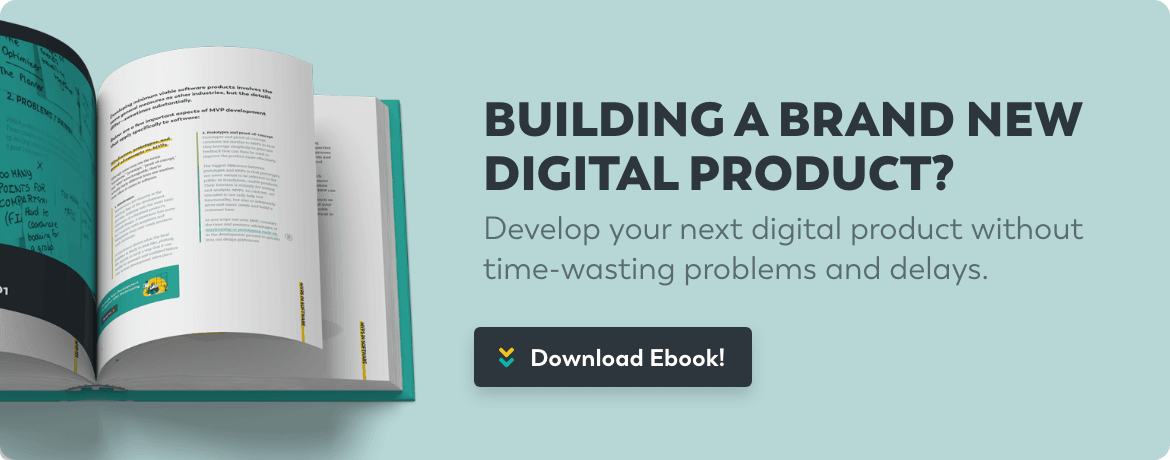Tenancy is a word you’ll often hear when talking about cloud applications. It refers to the exchange of computing resources in an environment—whether public or private—that’s not visible to other users.
When operating in the cloud, determining whether to use multi-tenant or single-tenant SaaS architecture is a crucial decision you’ll have to make. Choosing the right architecture for your business and customer data is key to managing your workflows in an efficient, cost-effective way.
In the context of SaaS, there are two types of tenancy: single-tenant and multi-tenant. We’ll cover the differences between the two and break down the pros and cons so that you can determine whether single-tenant or multi-tenant SaaS architecture is the best choice for your application.
What is multi-tenant SaaS?
With multi-tenant architecture, multiple organizations use the same software to store their data. Every user shares the same database, and customized options are almost non-existent. However, this does come with some advantages over single-tenant SaaS.
Pros of multi-tenant SaaS
- More affordable: Compared to SaaS single-tenant architecture, there are fewer scaling implications—every customer has access to the same application.
- Larger computing capacities: Users of multi-tenant architecture won’t have to worry about needing additional servers.
- Efficient: Multi-tenant SaaS is designed to power multiple users at once—it uses resources that offer the highest efficiency.
- Less maintenance from the user: Maintenance costs typically come included with a SaaS subscription, and you’re unlikely to see any fees to keep your software up to date.
Cons of multi-tenant SaaS
- More prone to having downtime: Because it relies on databases that regularly require downtime, availability issues are one of the biggest disadvantages of this type of tenancy.
- Less customizable: Since multiple companies use the same multi-tenant application, there isn’t much in the way of customization, and users have minimal control over the environment.
- Large-scale disruptions: With shared databases come potential workflow disruptions. Whether due to hardware and software issues or a single customer’s issue, every user can experience an outage.
What is single-tenant SaaS?
When it comes to single-tenant SaaS architecture, each customer gets their own dedicated server along with the supporting infrastructure. Unlike multi-tenant architecture, you can’t share these products between users, and the software is customized for a specific organization.
Single-tenant SaaS applications are a great way for businesses to begin their digital transformation. They’re custom-built to digitize and improve your specific workflows and processes.
Pros of single-tenant SaaS
- More secure: The data you store in your single-tenant application is 100% isolated from any other organization. This structure prevents unauthorized access to sensitive data and safeguards against cyber attacks.
- Reliable: With multi-tenant SaaS, one user’s activities can affect every other business using the software—that’s not an issue with single-tenant architecture.
- Easy to restore: Every single-tenant database has its own isolated backup, making restoration simple in the case of data corruption or other issues. This also makes accessing historical information quick and easy.
- Faster upgrades: There’s no need to wait for your software provider to launch an update or worry about workflow disruptions when it’s time to make an upgrade—simply schedule the changes during off-hours.
Cons of single-tenant SaaS
- More expensive: Because each single-tenant application is custom, it can’t take advantage of cost-sharing for deployment, monitoring, etc., as multi-tenant SaaS does.
- Requires more resources: With single-tenant applications, you’ll likely make frequent changes and upgrades, meaning that it will take more resources to maintain. It doesn’t efficiently use resources until you fully onboard the software.
- Needs more maintenance: Single-tenant architecture requires near-constant updates, leading to increased maintenance time. As this maintenance is typically managed by the organization rather than the SaaS provider, it can be time-consuming for your team.
Streamline your workflows with SaaS applications designed for your business
Both single-tenant and multi-tenant SaaS architecture have advantages and drawbacks. While the multi-tenant structure comes with the benefit of lower upfront costs and may be enough for some organizations, it’s hard to beat the level of customization and data security that you can get with single-tenant architecture.
Ultimately, determining which route to take with your SaaS application depends on the goals and available resources of your organization.
At VeryCreatives, we can help design, create, and implement single-tenant SaaS applications customized to improve your organization’s specific workflows. Say goodbye to complicated Excel sheets and spending resources sending hundreds of unnecessary emails and see how a single-tenant SaaS app can improve the efficiency of your business processes in a controlled workflow that handles them all.
Let’s talk about starting your organization’s digital transformation: Book a call with your new tech partner.
